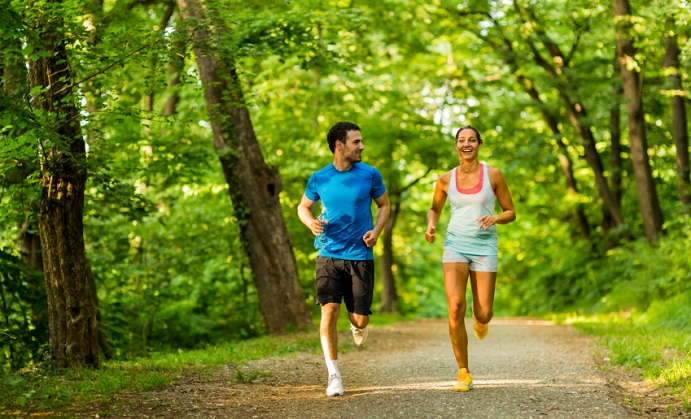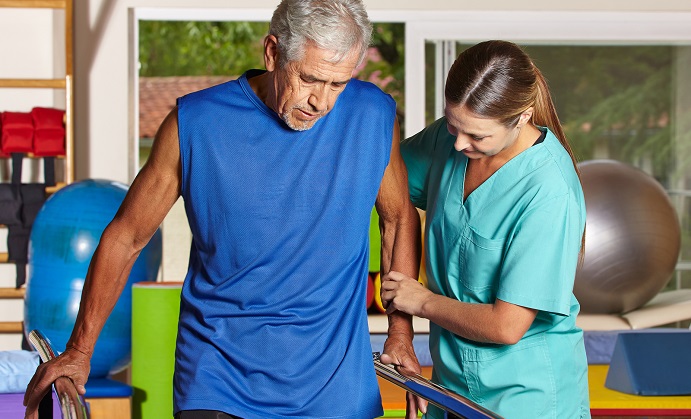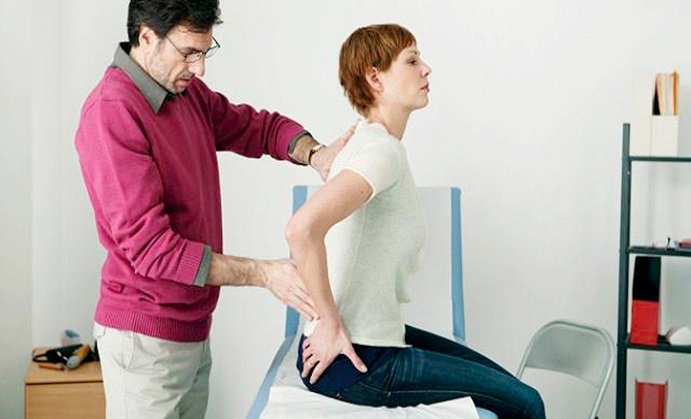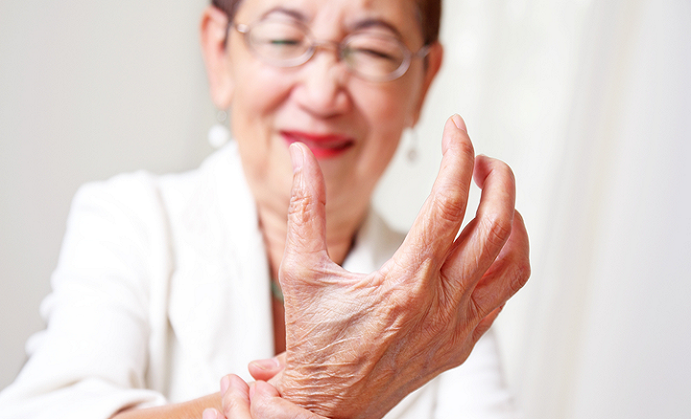A common understanding is that when we consistently do running, this may lead to wear and tear on our muscles and joints. This wear and tear can lead to osteoarthritis, which is a common joint disease and it is irreversible and painful. However, this belief that running causes irreversible damage to your joints in the long-term is not necessarily true. People should still take measures to protect their joints, though.
Osteoarthritis
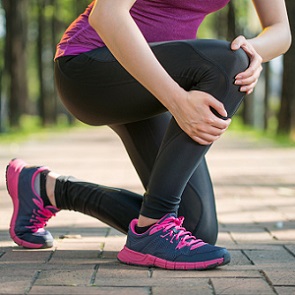 In the United States, millions of people are affected by arthritis, and when it affects the hip or knee, the ultimate cure is a joint replacement surgery. So, if high volume training or running can lead to an increased possibility of osteoarthritis, it’s something that runners should be concerned about. Osteoarthritis is the most common joint disease in the world. It is also called the degenerative disease of joints. It develops when the cartilage in the middle of joints is damaged or worn away, leading to stiffness, pain, swelling and bones that rub against one another. Repetitive high-impact activities are likely to cause damage to the joints and these activities should be avoided. Running is often considered as one of these activities.
In the United States, millions of people are affected by arthritis, and when it affects the hip or knee, the ultimate cure is a joint replacement surgery. So, if high volume training or running can lead to an increased possibility of osteoarthritis, it’s something that runners should be concerned about. Osteoarthritis is the most common joint disease in the world. It is also called the degenerative disease of joints. It develops when the cartilage in the middle of joints is damaged or worn away, leading to stiffness, pain, swelling and bones that rub against one another. Repetitive high-impact activities are likely to cause damage to the joints and these activities should be avoided. Running is often considered as one of these activities.
Exposing the Myths
According to many surgeons and doctors who are specialists in joint health, the impression that running is not good for your joints is a widespread fitness myth. In fact, there are plenty of false impressions about running and its influence on the body. According to one study that had a look at this very myth, it found that osteoarthritis has nothing to do with walking or running and runners usually had a lesser occurrence of both hip replacements and osteoarthritis than typical walkers. This study found that physical activity is better for joint health rather than harmful.
Running with Caution
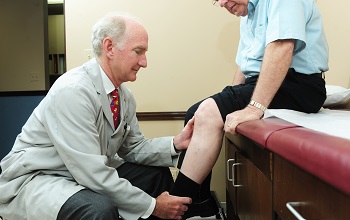 Arthritis is a degenerative condition that happens over time as a person gets older, with or without running. Many studies suggest that there isn’t any connection between running and developing osteoarthritis. The prime risk factor for developing osteoarthritis is age and genetics, not if you run or not. Overweight individuals are also likely to develop joint difficulties from excessive running so control your weight by doing some exercise and progressively move towards running.
Arthritis is a degenerative condition that happens over time as a person gets older, with or without running. Many studies suggest that there isn’t any connection between running and developing osteoarthritis. The prime risk factor for developing osteoarthritis is age and genetics, not if you run or not. Overweight individuals are also likely to develop joint difficulties from excessive running so control your weight by doing some exercise and progressively move towards running.
Reducing your Risk
There was a study conducted in 2013 that showed that running barefoot reduces the load on your ankles and knees. This reduction in the impact on a runner’s joints may improve their running performance and may also help to heal their joints. If you are running barefoot, it is important to make sure you won’t injure yourself by stepping on something dangerous, such as glass. For running barefoot, ensure the ground you are running on is safe. Icing is also another way to get rid of discomfort and improve muscle and joint pressure after a run.
Do you want to find an effective Joints treatment? Check out our top rated Joints products


